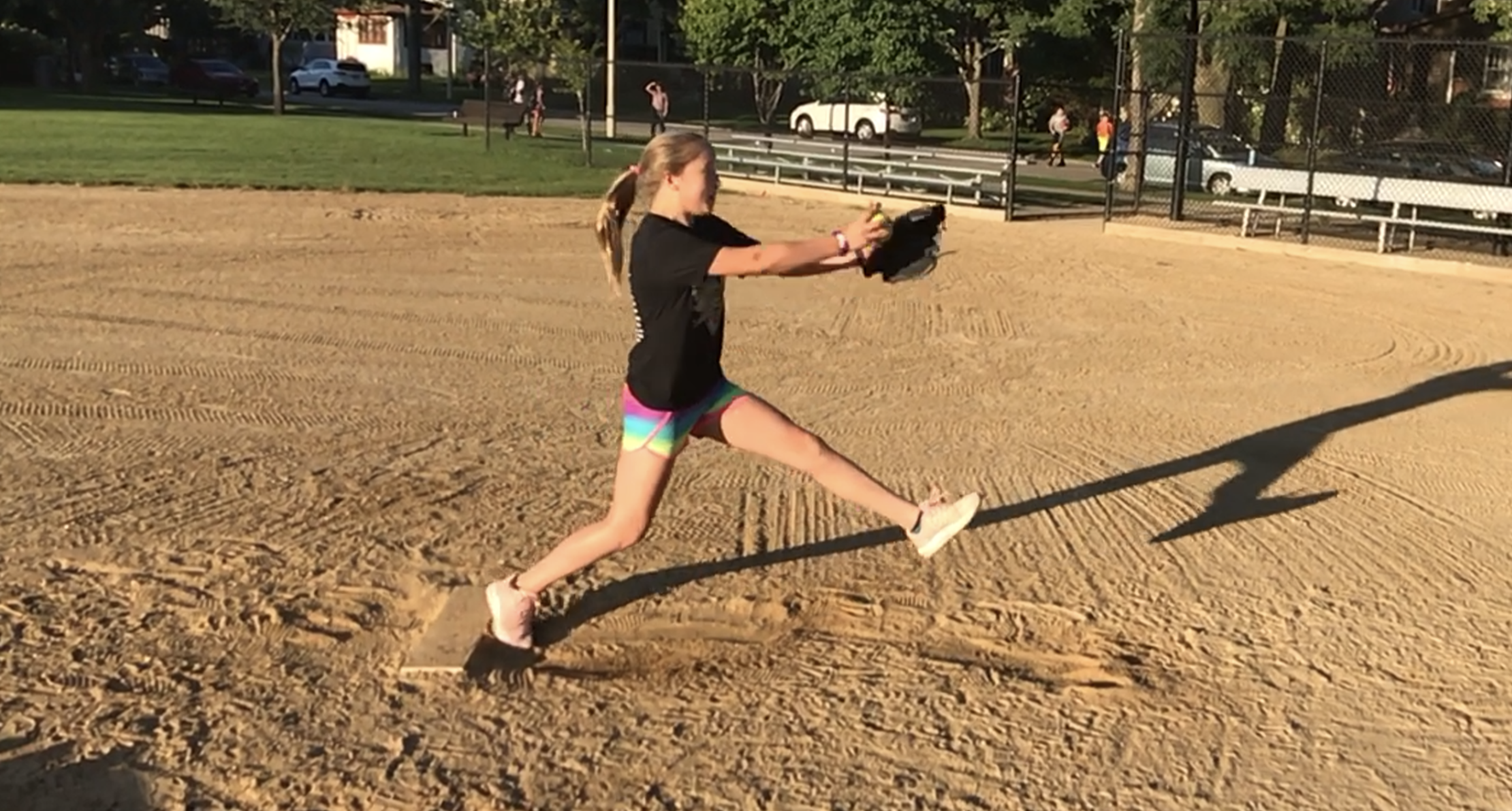As we approach the year-mark when the CoVid-19 pandemic blew the top off of “life as we know it,” I’ve taken some time to reflect on how this unimaginable situation has impacted our sport – and more specifically – the pitchers that I coach within this sport: you.
Remarkable events at the national and global level impact more than just the history books. They create pivotal turning points for the people who experience them at the deepest level. They create identities within the generations that endure them. Just take a look at the last 100 years: Major Wars (I, II, Cold, Korean, Vietnam), the Great Depression, the Civil Rights Movement, Iconic Leader Assassinations (MLK, Martin Luther King Jr.), Landing on the Moon, the AIDS epidemic, School Shootings (Columbine, Sandy Hook, VA Tech), 9/11, and now the global CoVid-19 pandemic.
Read More










![Drills & Tools For Success [Video]](https://images.squarespace-cdn.com/content/v1/56a0f458b204d5ee03895a17/1624042258572-AKZDNQ89CHS7KZ3GVOOF/thinkplay.jpg)










